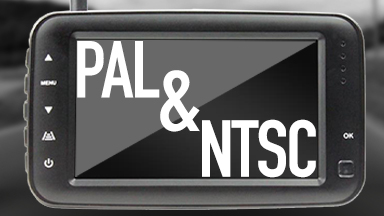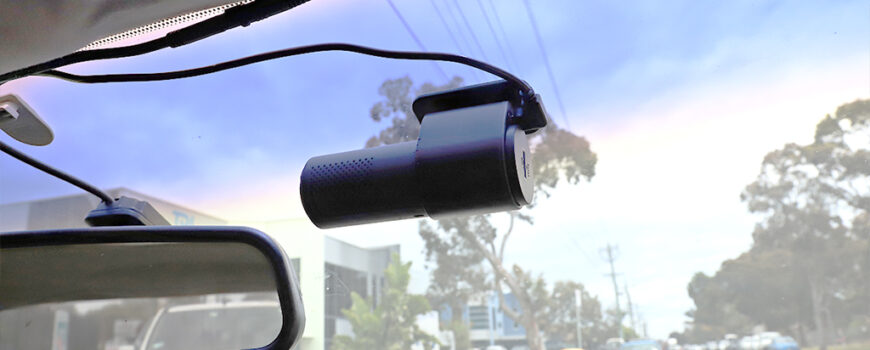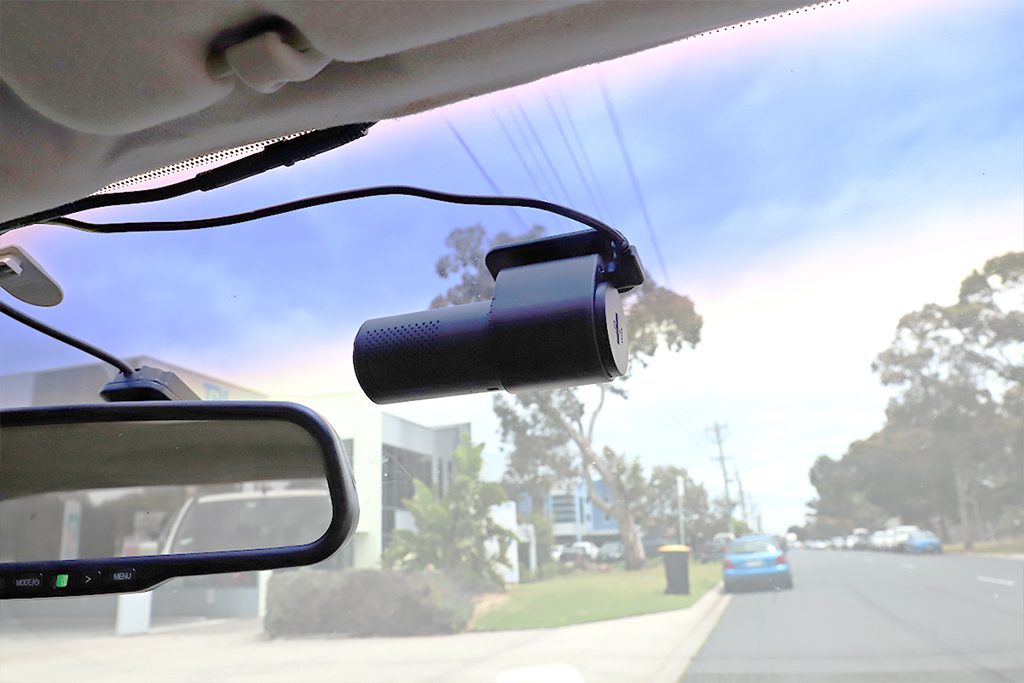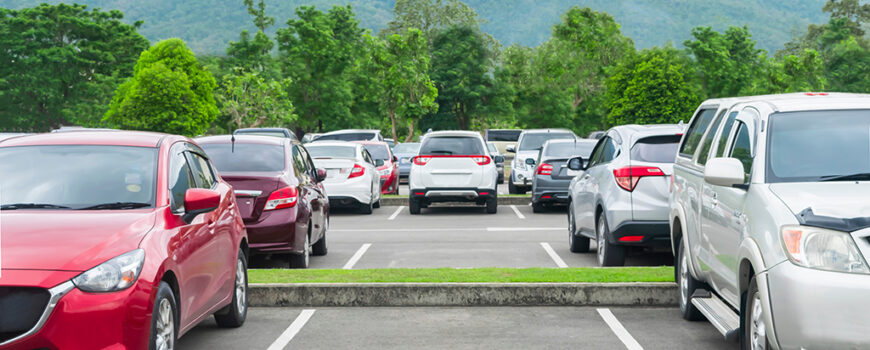Often discussed, the NTSC and PAL standards are a main topic of discussion when choosing a camera system. In short, you need to know that you will run into several problems were you to mix and match the systems. Thus, we highly advise you to stick to one. But which one?
First things to know, is that it does not matter if a camera is wireless or wired, when you try to put an NTSC camera with a PAL monitor, or vice versa, you will notice issues with image and sound and quality.
Many cameras today are compatible with both systems. However, NTSC is predominantly used in America, where PAL is most popular in Europe. When speaking of the standard, you are talking about the method of colour transmission. The PAL standard requires two decoders to display video, whilst NTSC only requires one.
It is said that NTSC is less accurate in displaying colour, but more efficient when it comes to power usage. So, which system you use, will entirely depend on your preference and geographical location. One unique advantage of PAL is that these cameras can usually be set to NTSC as well. Meaning that by choosing PAL, you are basically purchasing both.
To know if you are buying the correct system you can always ask the manufacturer where the equipment comes from. If it is the US or South America, it will likely adhere to the NTSC standard, whilst European engineered devices, are mostly PAL.
In short, it is all about compatibility. If you make sure that that the standard on your camera matches that of the devices, you will use it with, you will never have a problem.
At Connects2Vision, we pride ourselves in offering camera kits that give you peace of mind and ensure you buy a kit that’ll work for you.




